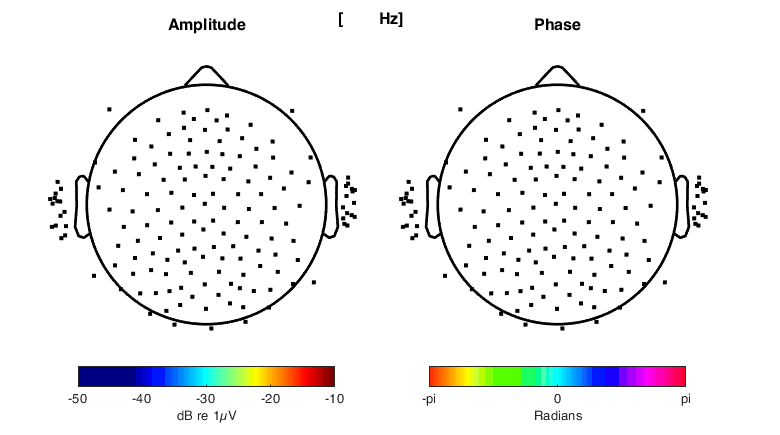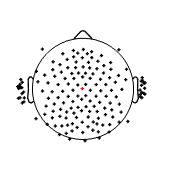
The auditory steady-state response (ASSR) is commonly used in clinical pediatric audiology in order to provide an electrophysiological estimate of hearing threshold, and has the potential to be used in unsupervised mobile EEG applications. Enhancement of the ASSR amplitude through optimization of the stimulation and recording methods shortens the required testing time or reduce the offset between the electrophysiological and behavioral thresholds. In this study, the spatial distribution of the ASSR to broadband chirp stimuli is investigated across a wide range of repetition rates on the scalp and in the ears. Moreover, the ASSR amplitude is compared across repetition rates for commonly used electrode configurations. To do so, the ASSR to chirp stimuli with repetition rates from 6-198 Hz was recorded using scalp EEG and high-density ear-EEG. The distributions of the ASSR amplitude and phase were found to be dependent on the chirp repetition rate across the scalp, but independent of repetition rate in the ears. The normal drop in ASSR SNR for high repetition rates seen for click and pure tone stimuli was not found for chirp stimuli. Instead, the ASSR SNRs for chirp stimuli at high repetition rates (95-198 Hz) were found to be comparable to that found at 40 Hz for scalp EEG and even higher than 40 Hz ASSR for ear-EEG. Based on the results, it is concluded that use of chirp stimuli with high repetition rates (95-198 Hz) is advantageous for multiple stimulus ASSR recording in both clinical practice and mobile real-life applications.

